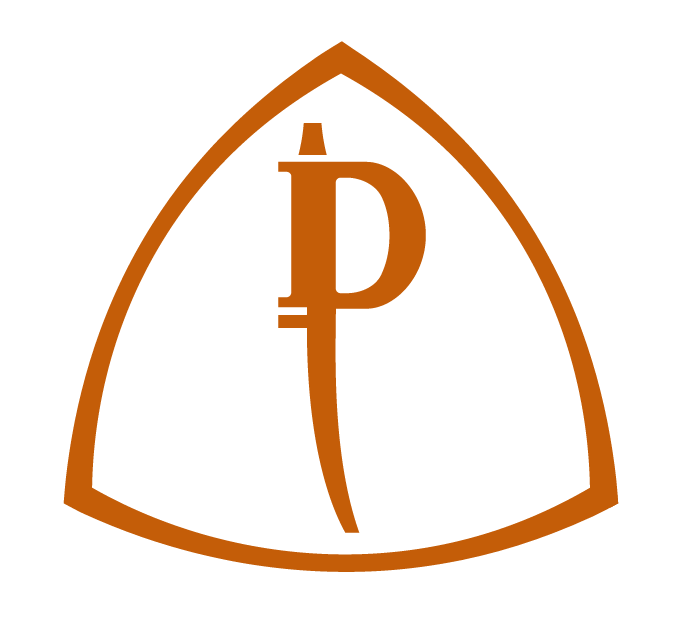At the beginning of the week, I submitted the first chapter of Heart Hand & Eye to my editor. It had been a lot of work, and as of late had occupied much of my shop time. This weekend would be different, I returned to my cabinet.
Saturday afternoon I spent milling the stock for my drawer pocket. A few days ago, I realized that table saw was double cutting on the sliding table side of the saw. I began dialling it in, while I finished dimensioning the parts for my drawer pocket on Jim’s fine old thick planer on Saturday afternoon.
Sunday mourning I finished up with the saw ensuring that the blade’s relationship to the sliding table and the rip fence were consistent, and that it was cutting square in both planes. I often remind our students that fine cabinetmaking is really all about relationships. The relationship that exists between the wood, the tools and the maker, yes, but in many of the facets of our work. This past week, the students and I explored dovetail joinery. When you think about it, the cutting and fitting of a dovetailed joint, is really about the relationships. Between the hand and the eye, the hand and the tool, the tool and the wood, the wood and compression, the wood and the cutting angle, the tool and the stone, the pin and the tail, and on it goes. I enjoy cutting dovetails, and find it almost therapeutic, it serves as a fine example of the relationship we share with our work.
In dimensioning my stock, I left things a bit oversized, and kept this in mind when I laid for the dowel joinery, allowing for some dimensioning and shaping to be done after the joinery was cut. An example of this is, I kept enough thickness on the top spacer, so that I can fit it to the slight cup in the bottom side of the top that developed through careless storage on my part and recent spikes in the humidity this past summer. It really is all about relationships.
I finished cross cutting the parts to final dimension and laid out the doweling jigs. In this case, I use the other side of a the doweling jigs previously used for the carcass. I then drilled them on Jim’s fine old mortiser.
I cut and planed a bit of taper into my drawer template, that would leave my pocket slightly wider at the back. I removed the jigs from the ends of the vertical partitions, and transferred the jigs to the corresponding parts. I drilled those with and electric hand drill, fitted with a simple shop made wooden stop. When doing the top, I drilled with the spacer in place, which will allow the drawer to run just below the wooden latch on the underside of the top. At the end of the day, I dry fit the pocket into the carcass and began to adjust adjust the dimensions. Be well and enjoy your work, I know I am.
Robert



